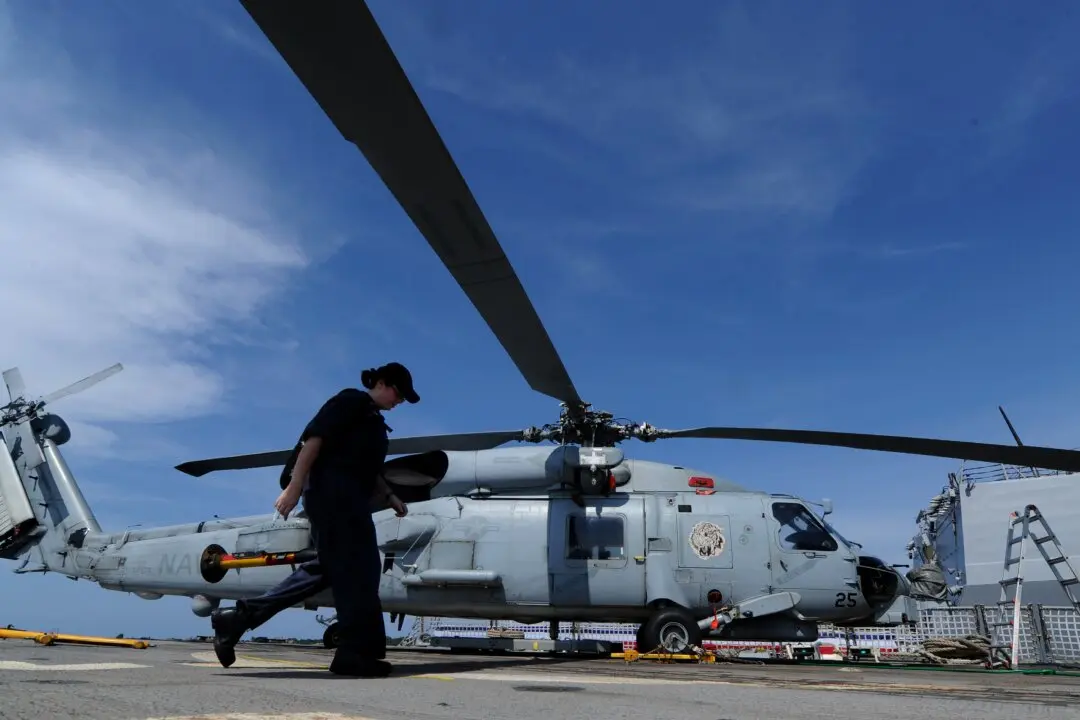The Chinese Communist Party (CCP) is paying a significant price for relying on its flawed methodology of Comprehensive National Power (CNP) computation to forecast and rate strategic threats and opportunities.
The methodology of the CNP system was developed and briefly popularized, albeit not by the CNP name, by Western political risk analysts in the 1980s and ‘90s out of earlier U.S. intelligence community attempts to understand the global strategic framework. It was gradually discarded or moved into the background because results proved it to be unrealistic as a single framework to forecast human behavior on a large scale.
Despite attempts to broaden the criteria for quantifying targets and, therefore, to forecast future events, there were still very few intelligence or policy successes.
Nonetheless, the methodology was picked up from the West by CCP planners and never really discarded.
In the late 19th century, Anglo-Irish writer Oscar Wilde accused Americans of “knowing the price of everything and the value of nothing”—of, in essence, having knowledge without wisdom or, worse still, assuming that their collection of isolated facts and beliefs translated into knowledge. Wilde would probably have said that the reverse of the Imperial Chinese: full of inscrutable wisdom yet without the world sensitivity needed to understand and stave off outside forces.
The process of quantifying essentially tangible elements of a society enables analysts to have a superficial view of its architecture and performance trends and to make trend projections based on those indicators. It seemingly enables analysts to understand the target without having to comprehend deeper issues of national and subnational cultures, identity, language, and motivational factors.
This process, because it encourages a unilateral rather than an interactive process of understanding, automatically leads analysts into the fundamental intelligence failure of “mirror-imaging”: the assumption that the target audience’s logic and motivational patterns are the same as those of the analyst or, worse, paternalistically assuming a behavior pattern in the target society that fits a simplistic matrix of assumptions.
This is a widespread failing in all intelligence and policy assessments of a cross-cultural nature and exists even within societies (exemplified by the failure of rural and urban populations to understand each other). Still, it’s a failing that’s dangerous in the intelligence analysis of ideologically rigid aspirants, as well as successful dominant powers.
It’s a process of hubris, not humility.
It’s a process that embodies the “perfect bubble” of self-reinforcing logic rather than the messiness of interactive comprehension.
Not insignificantly, the processes adopted by CNP and political risk analysis began to become codified within the CIA during the 1960s, under such questing minds as Ray Cline, who became the head of the agency’s Directorate of Intelligence (1962–66) and later director of the State Department’s Bureau of Intelligence and Research (1969–73).

It was part of an attempt by such intellectuals as Cline to transform intelligence analysis and strategic trend comprehension from an art into a science. It was probably encouraged by the CIA’s failure to forecast the Soviet-backed invasion of South Korea by North Korea, among other “intelligence failures.”
The U.S. private sector, particularly the investment community, attempted to emulate government practice in order to better forecast economic and investment trends and decision-making. Indeed, the close relationship between the private and government sectors in the United States made it inevitable that the “dark sciences” of the intelligence community would appeal to the private sector.
Nonetheless, the United States, particularly in the past few years, has continued to hold skewed views of threats and opportunities because of its inherent prejudices in assessing Russia, China, and other societies. But the approach adopted by China took the political risk model and made it more rigid and doctrinaire, creating systemic flaws that reinforce CCP bias and preclude the accumulation of necessarily intuitive, experiential, and sensory situational awareness.
CNP attempts to quantify or place a value on all relevant factors in a nation-state’s strategic complexion, assigning a numerical score to each factor and weighing the totals to determine the relative strategic strength of the country in economic, social, and security terms. The result is a single ranking number for each target society. The composite indices that comprise the CNP number ostensibly take into account all military, political, economic, and cultural factors.

Western, private sector political risk analysts of the late 20th century were often able to persuade even seasoned country-watchers and investors of the mathematical logic of their assessments, only to see natural factors intervene to create outcomes different from those projected by the “science.” Investors, burned by such “science,” moved away from reliance on it.
But Chinese communists don’t have the luxury of breaking so easily with doctrine.
The counterpoint to a system such as CNP comes within the realm of the psychological strategies and even the accidental (or environmental) identification that analysts, policymakers, and diplomats acquire with their target societies because of interaction with them. This is called “clientitis,” in U.S. State Department lingo, and it represents a possible threat of intellectual capture of an official by the target audience. From an intelligence perspective, this represents the danger that an official who becomes too engaged or friendly with a target audience risks losing the “objectivity” of his own country’s perspective.
During World War II, Marshal Adm. Isoroku Yamamoto of the Imperial Japanese Navy was aware of—and deeply admired—the nature of the U.S. society and geopolitical entity. Still, he was forced to put aside his belief in the inherent strategic depth of the United States to support the belief that an attack on the U.S. Fleet at Pearl Harbor could force the United States to remain out of the Pacific War. It was a triumph of domestic Japanese prejudice over perceived clientitis. The result was that the Pearl Harbor decision was fatal for Imperial Japan.
CCP planners study Imperial Japan’s failure, deriving valuable lessons from it. But their inability to break out of the Party’s paranoia—with the attendant risk of being seen to identify with outside and inferior societies—means that they don’t understand the world they seek to dominate.





